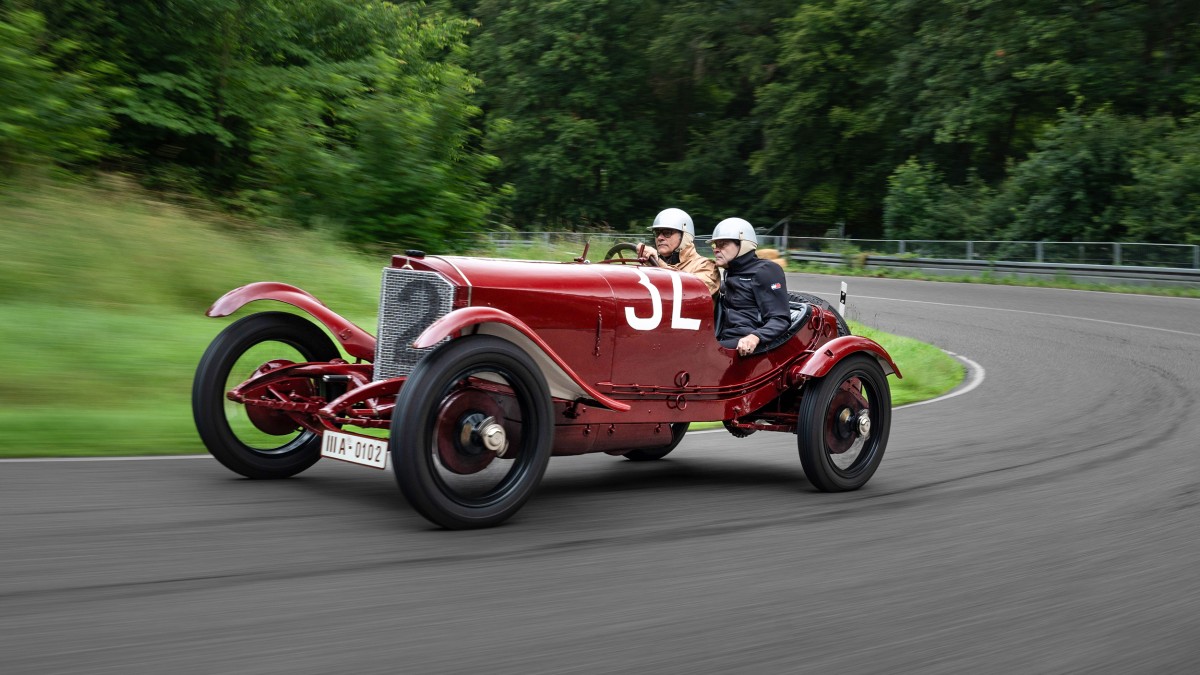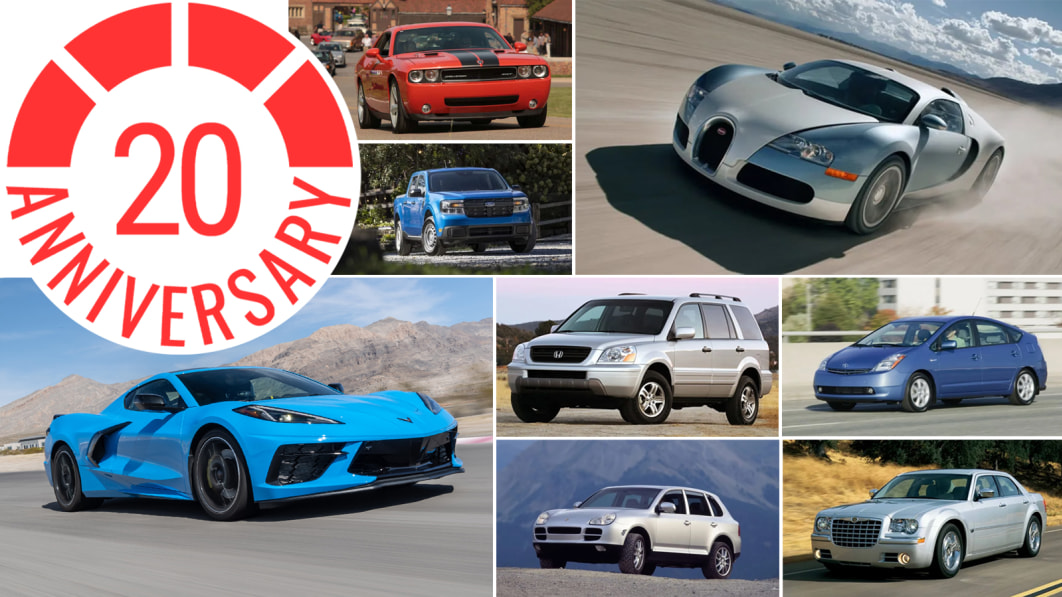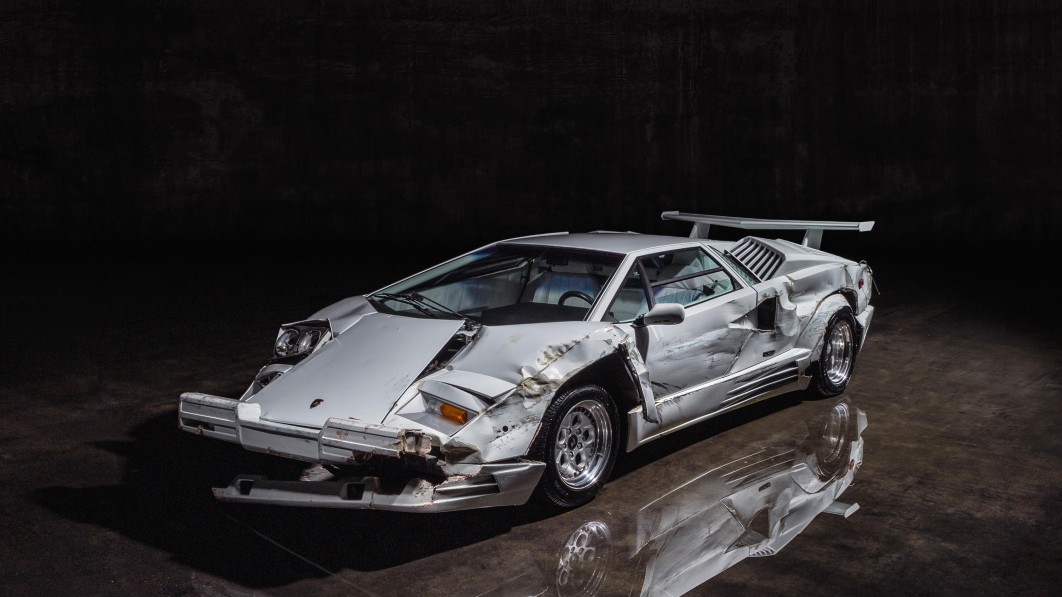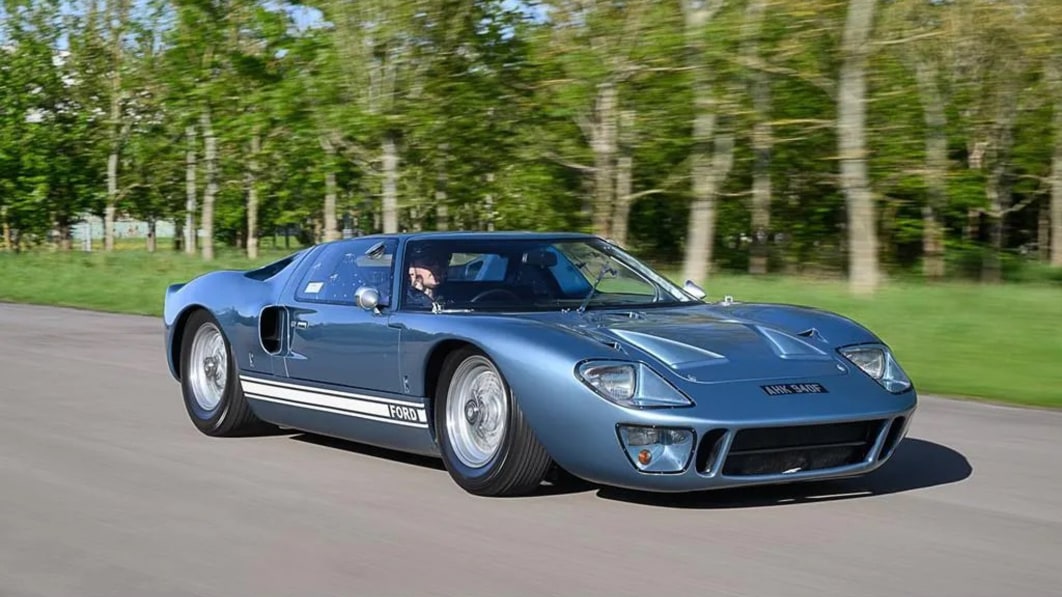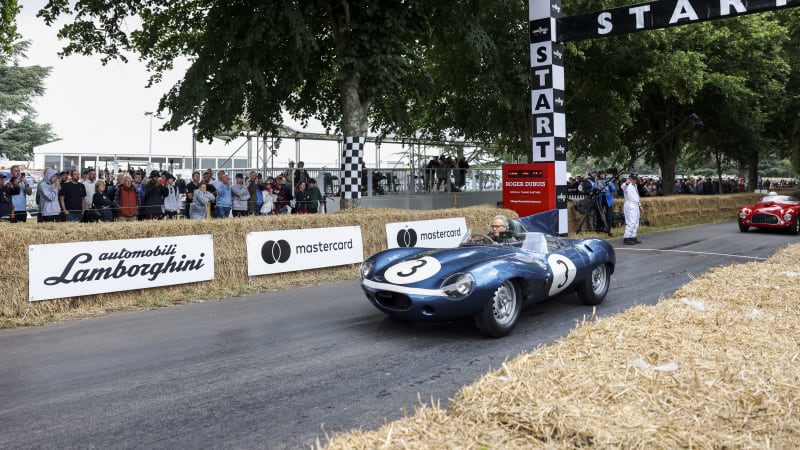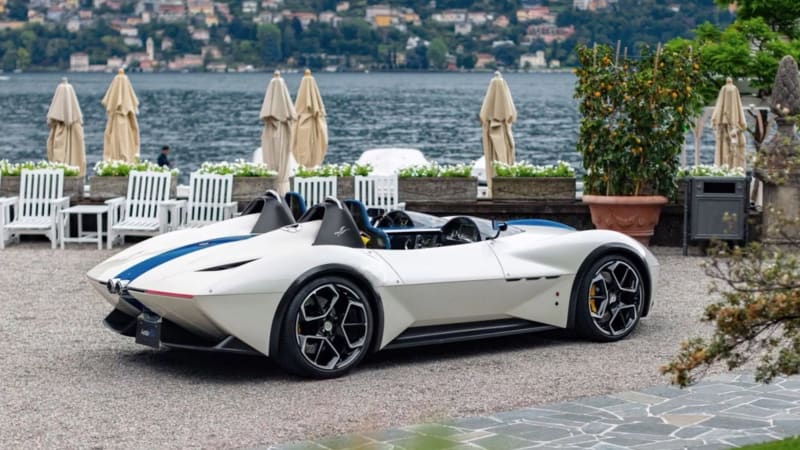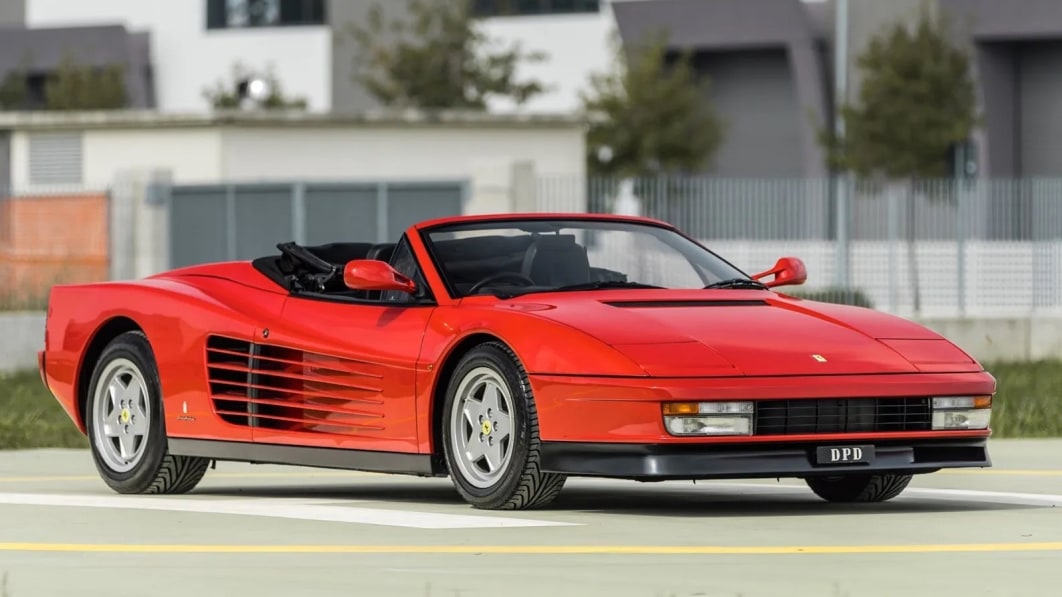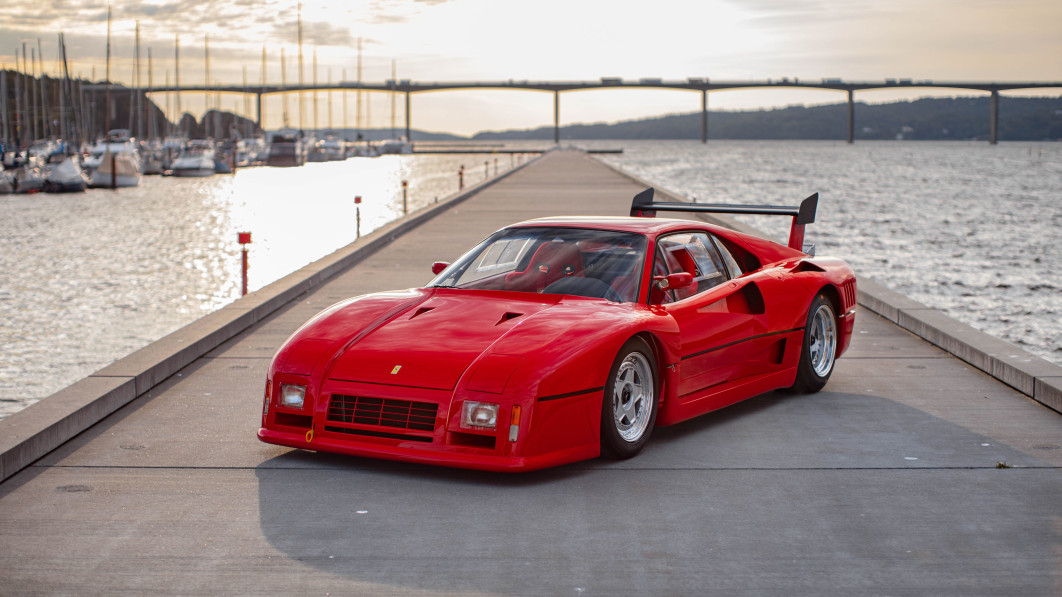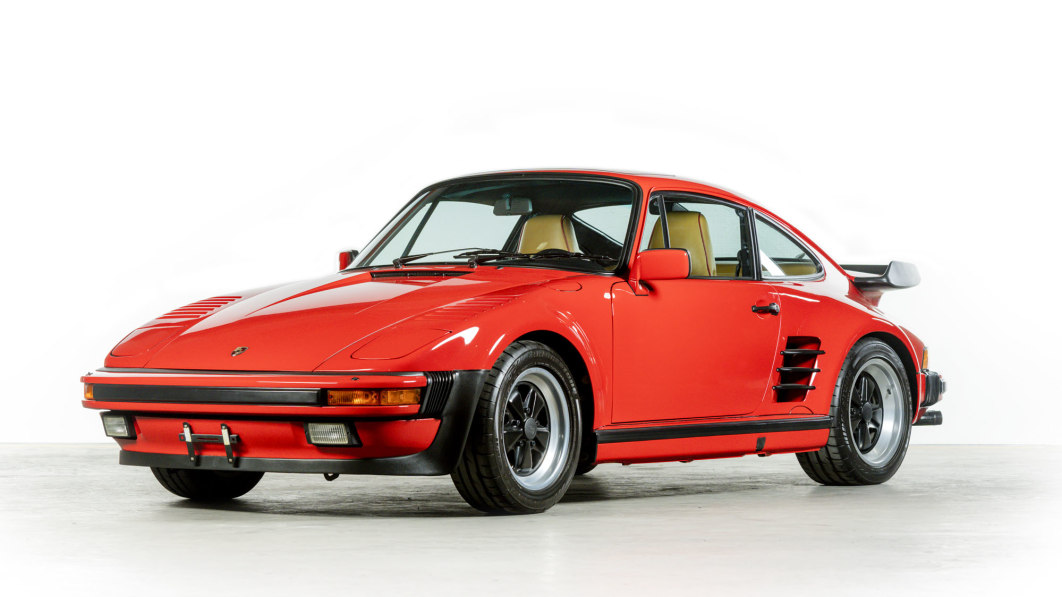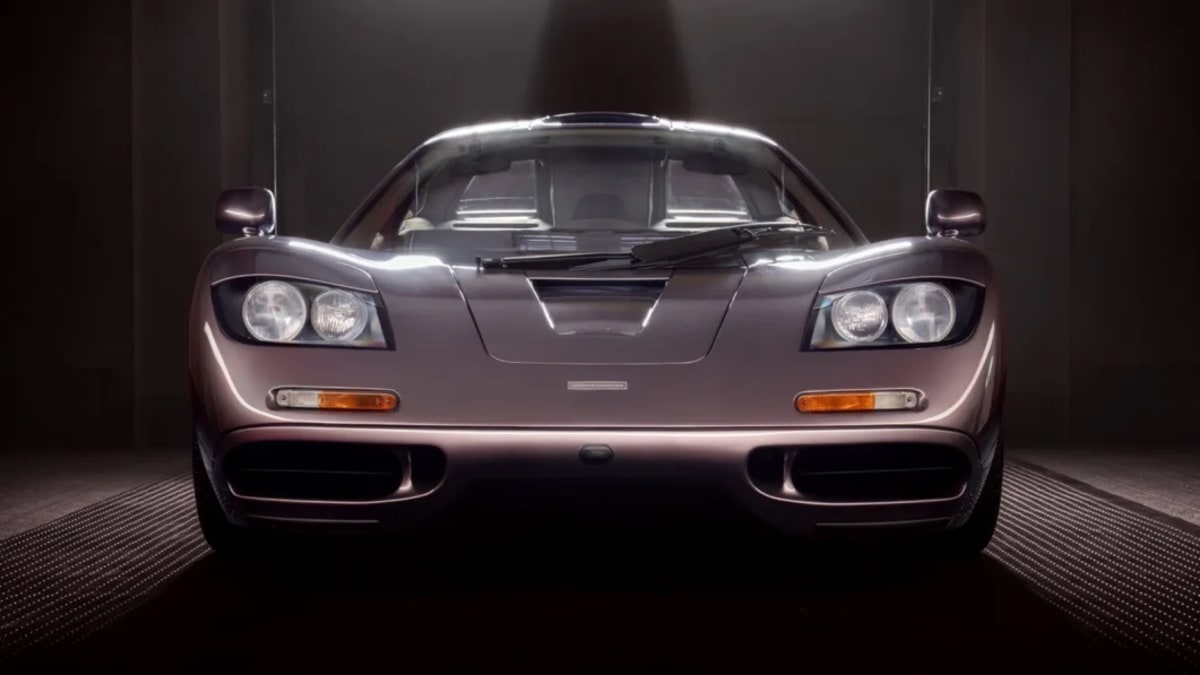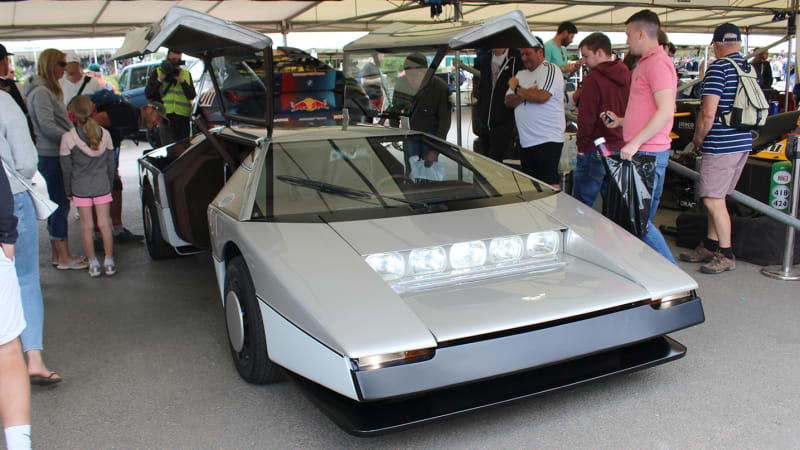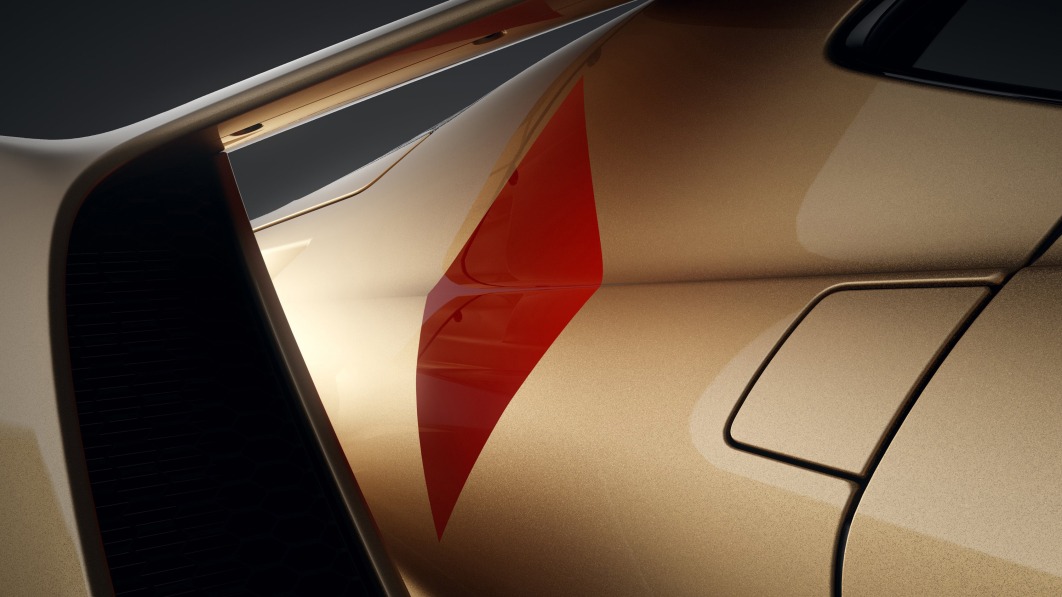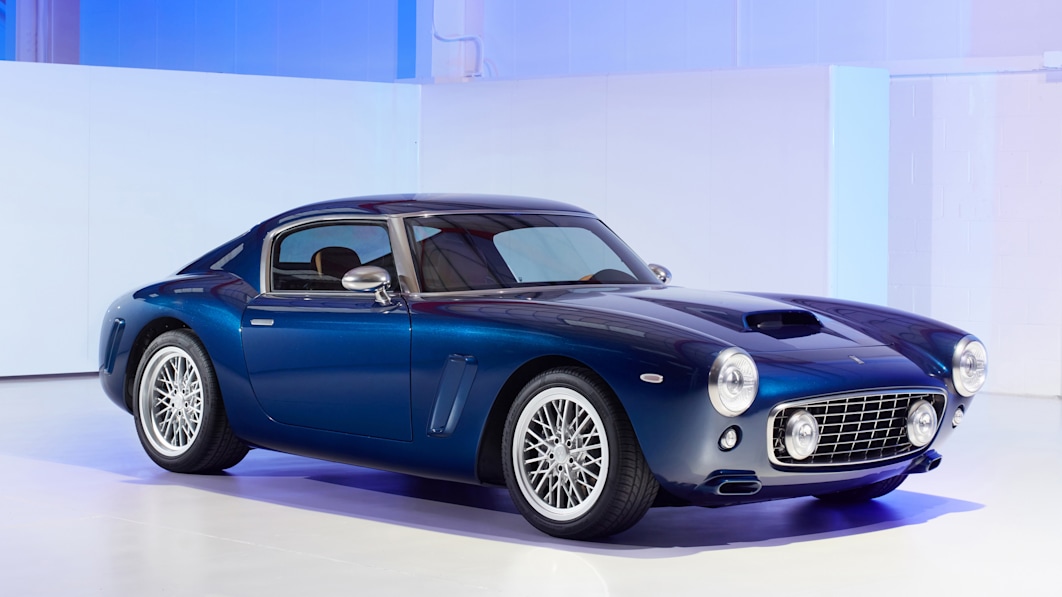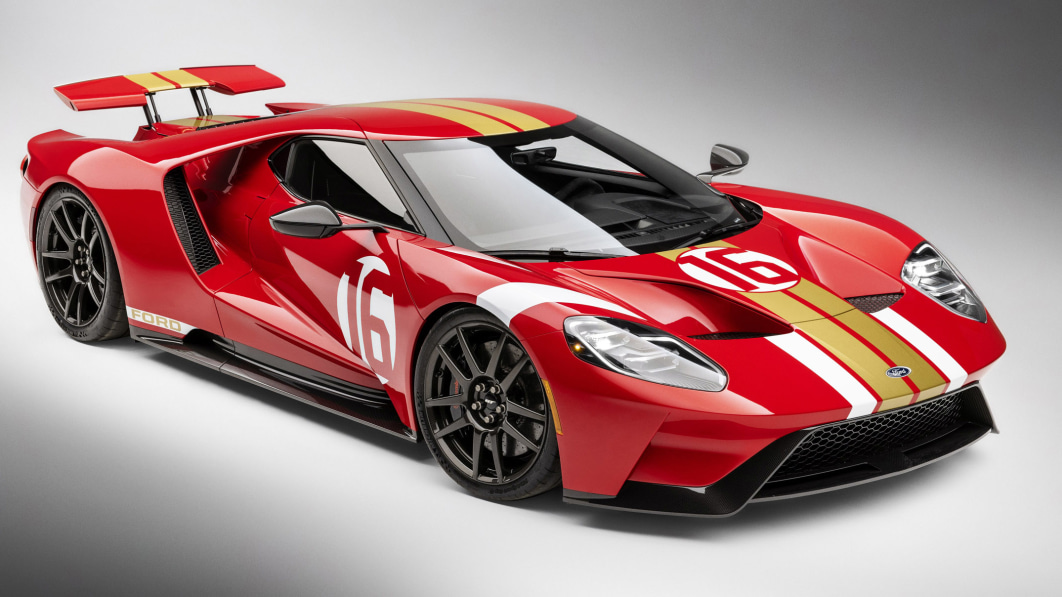Mercedes-Benz is closely linked to the annual Pebble Beach Concours d’Elegance: its privately-owned classic models have won the event’s coveted Best of Show award 10 times since 1950. The company will travel to the upcoming 2024 edition of the show to highlight some of its significant past street and racing cars, and it will also use the opportunity to unveil three new cars including the first Maybach-branded SL.
We haven’t seen the Mercedes-Maybach SL yet, but the name gives us a good indication of what to expect. The existing SL is marketed by AMG, and it puts a much bigger focus on performance than its predecessor. The Maybach model will tilt toward the luxury side of the scale. We expect that it will stand out with a specific exterior design likely characterized by the familiar Maybach grille and a more upscale interior.
Maybach’s second Pebble Beach-bound car is the S680 Edition Nordic Glow. Based on the long-wheelbase S-Class, it was developed specifically for the American market by the Manufaktur division. It will feature edition-specific styling, and production is limited to 50 units. The third debut will highlight Mercedes-Benz’s 130 years of racing heritage. It’s an evolution of the GT3 race car that “draws from two formative eras of motorsport,” according to the company. We’ll need to be patient to find out more, though we know that 13 units will be built.
If you’re more interested in classics, you’re in for a treat as well. Mercedes-Benz’s Classic division is bringing four cars: a 1924 two-liter race car that won Sicily’s Targa Florio race 100 years ago, a 1932 Maybach Zeppelin DS 8 with a 7.9-liter V12 rated at 200 horsepower, a 1955 W 196 R race car, and the 1970 C111-II powered by a 345-horsepower four-rotor Wankel engine. The latter was a highly innovative prototype capable of reaching 186 mph, which was a jaw-dropping figure for its era. It was recently fully restored by the company’s Classic Center.
Shown above, the Targa Florio race car and the C111-II will participate in a scenic drive called Tour d’Elegance that’s taking place on August 15. The 2024 edition of the Pebble Beach Concours d’Elegance opens its doors on Sunday, August 18, near Monterey, California.

